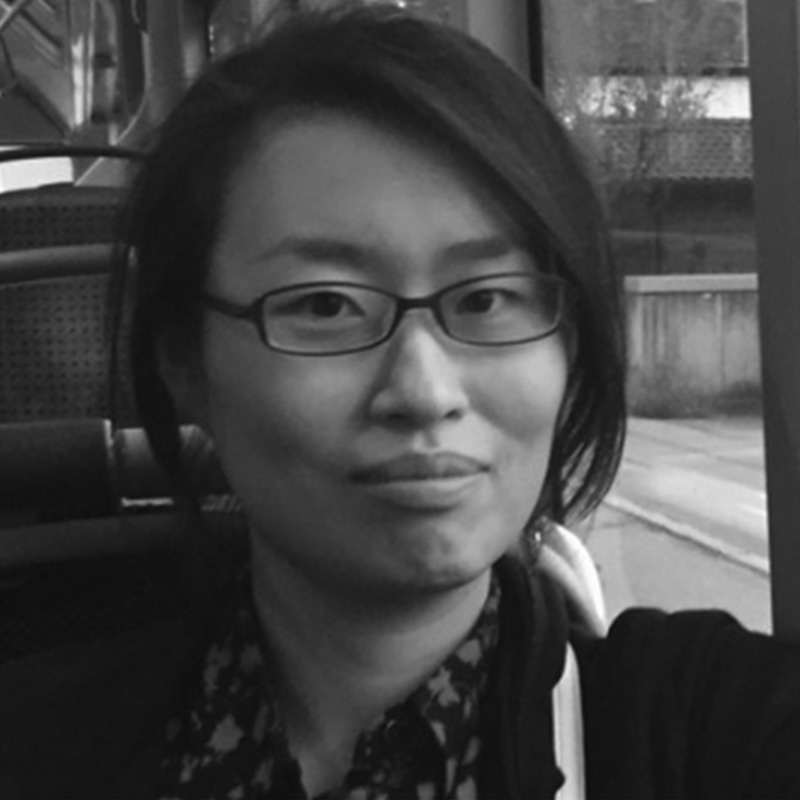Case Study
Scaling CX: A Story About Building Bridges Together
Tuesday, September 17th
11:00 – 11:45
Main Room
Recently, we delivered a series of projects to define and roll out the first-ever set of customer experience standards for Eurotunnel, the Channel operator between Britain and Europe.
With the uncertainty of Brexit looming ahead, our client project team had received a top-down assignment to set up a “book” of standards. We quickly realized that the real challenge was to create a common language for different populations to work together: French and British teams, management and operational staff, and different generations of front-line employees.
Enterprise design approaches proved useful in navigating their enterprise ecosystem and we focused on creating momentum at the intersection of each group of stakeholders. Over the course of six months, we built out the foundational standards content and orchestrated new pieces to bring it to life, including the adoption of a service status system, new roles and hires, the launch of an internal mobile app and in-person training rolled out for hundreds of front-line staff.
In the first part of this talk, we’ll break down the tools and narratives that we used to coordinate activities that would onboard different groups to own their piece in the pursuit of a common objective to improve the customer experience.
Our client team had embarked on a grand journey in uncharted territory, and success was not at all a given for them or for us. Along the way, we realized that to help our client organizations take a leap towards better futures, we too must make changes in how we perceive and carry out our own practice. It’s letting go of an expert’s posture and embracing the complexity of things we don’t understand to take our own leaps with just enough confidence.
Are our own enterprises designed to apply the design practice to the enterprise itself? We have analyzed the Eurotunnel case from the perspective of what we’ve learned alongside the enterprise design community over the past few years. The second part of our talk will introduce the systems and relationships that allow us to dive in and out of adjacent disciplines, live-prototype ideas with the client team and unlearn long-held habits and beliefs about how things are done.

